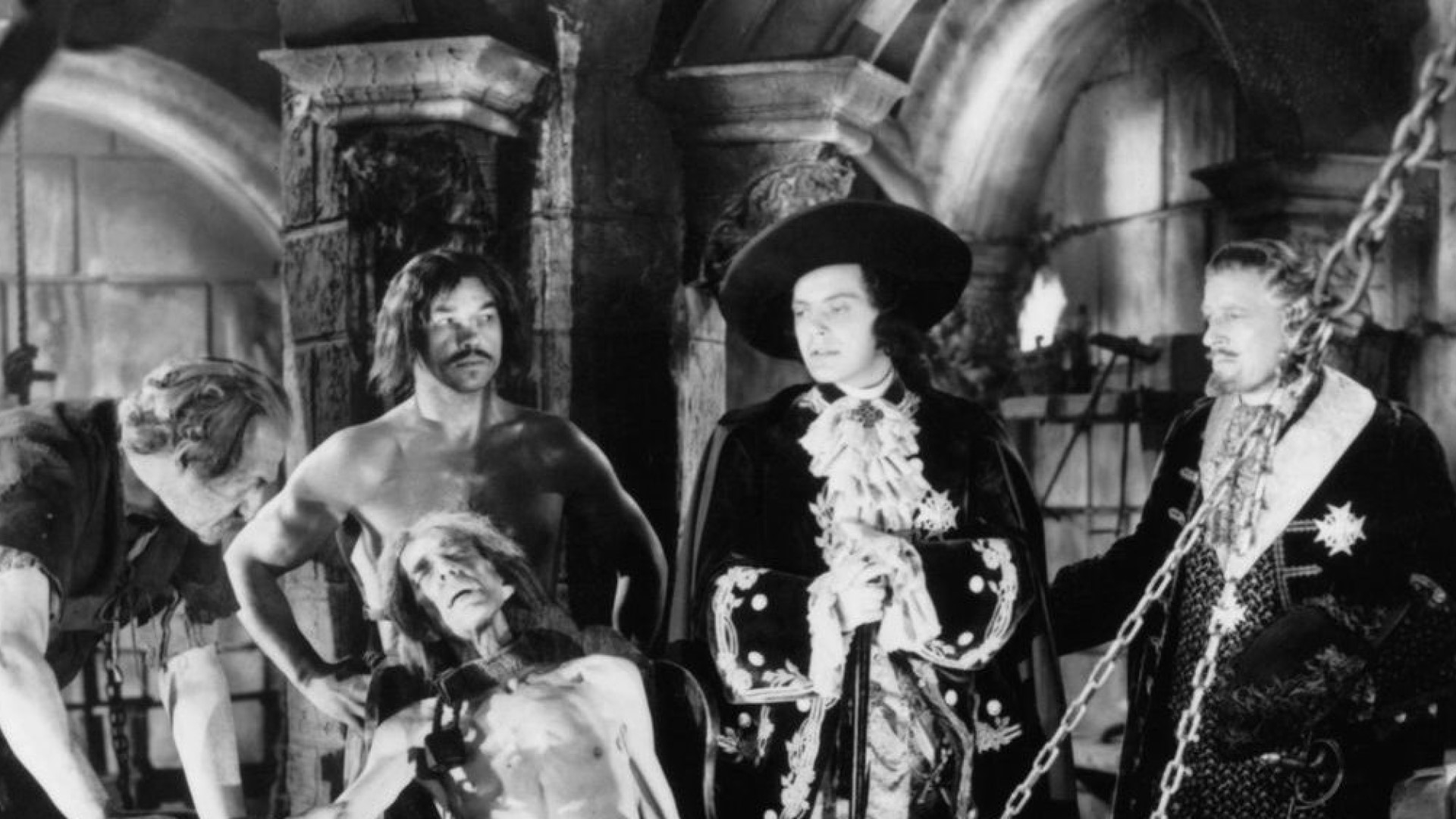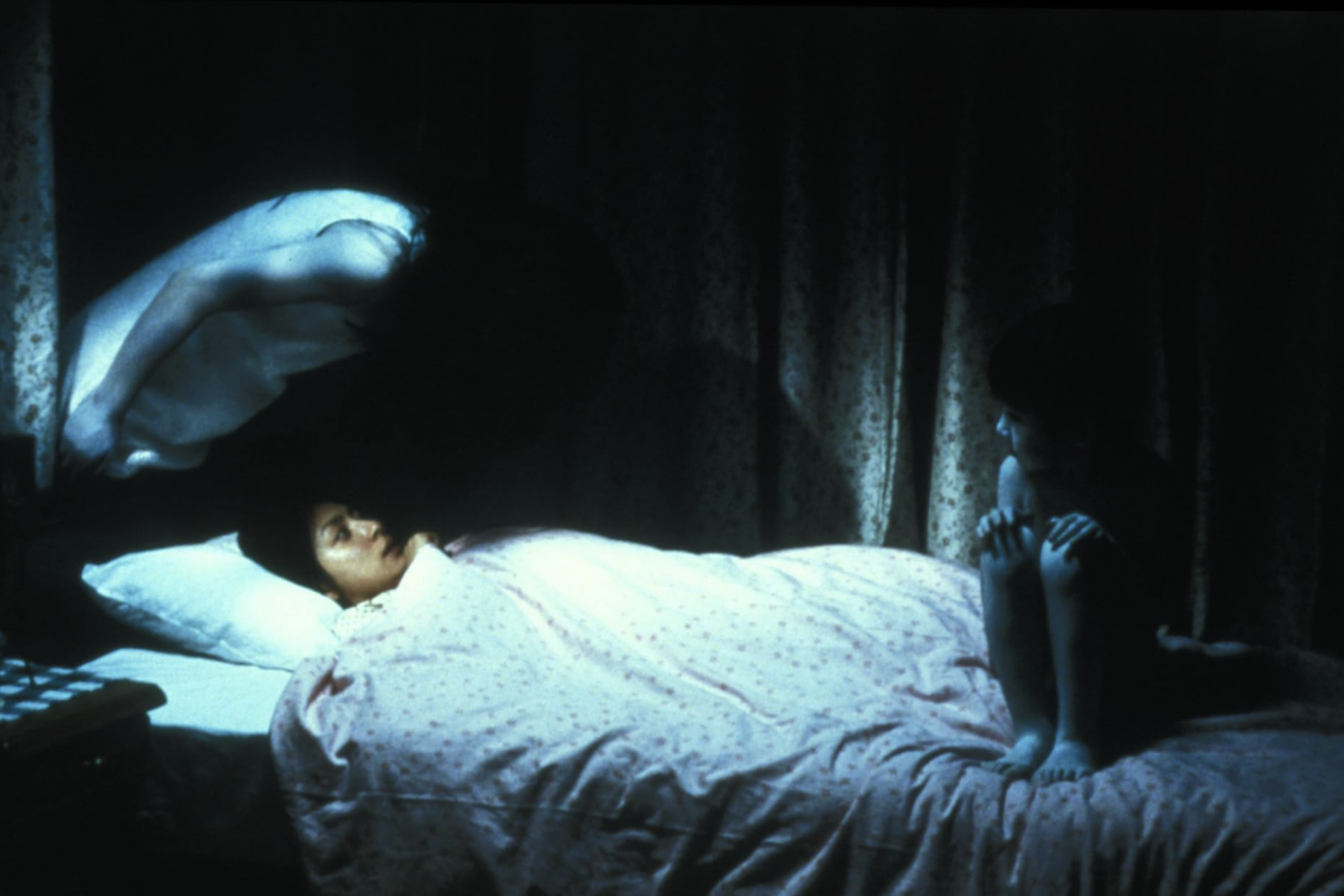Who was the Man in the Iron Mask? A legendary, unexplained enigma
The Man in the Iron Mask, often shortened to 'Iron Mask,' is one of the most famous prisoners in French history. Imprisoned during the reign of Louis XIV at the end of the 17th century, the man had his face concealed so that his identity remained a secret.
The man wore an actual mask with metal joints at all times. This accessory and the mystery surrounding it forged the legend of the character.
Indeed, no one knew his identity during his lifetime and the man was forbidden to say his name. More than three centuries after his death, the secret has still not been uncovered.
The man with the unknown face and name was arrested and locked up in the fortress of Pignerol, in the Piedmont region, in 1679. He was placed under the close surveillance of Monsieur de Saint-Mars.
The affair began to draw attention when the prisoner was transferred to the citadel of Sainte-Marguerite, on a tiny island off the coast of Cannes, in 1687. There, he made his first public appearance.
In 1698, the Iron Mask was transferred again, this time to the Bastille, the infamous prison symbolic of the Ancien Régime in France. It would be stormed by the French revolutionaries in July 1789.
How could the secret of his identity be kept during the prisoner's lifetime? The mysterious Iron Mask remained cut off from all contact with the outside world. The few people who took care of him were formally prohibited to communicate on the subject.
Of course, such an odd case could not stay hidden forever. Over the years, the story of the man in the iron mask became the topic of conversation at the king's court.
After long years of imprisonment, the mystery man finally gave up the ghost in 1703. His identity remained a secret until the end of his days, and even well beyond...
Indeed, those who ordered his arrest wanted the mystery to remain intact forever. The man was buried in the Saint-Paul cemetery in Paris, while his personal belongings were burned. The walls of his bedroom were allegedly whitewashed so as not to leave any traces…
The story might have fallen into oblivion if it wasn't for the famous author Voltaire. In a book about 'the age of Louis XIV,' the Enlightenment writer mentioned a prisoner with a "mask whose chin strap had steel springs which gave him the ability to eat with the mask on his face."
"We had orders to kill him if he uncovered himself," added Voltaire, who made this prisoner a symbol of absolutism and a victim of royal arbitrariness in the French Ancien Régime. His description revived interest in a case that had never been solved.
In 'The Vicomte of Bragelonne' (1848-1850), the sequel to 'The Three Musketeers,' Alexandre Dumas also evoked the legend of the Iron Mask. His novel popularized the hypothesis, later taken up in film, that the prisoner was a secret brother of the King.
This curious story has been evoked in other literary works, such as the poem 'La Prison' by Alfred de Vigny (1823) and the novel 'The Iron Mask' by Marcel Pagnol in the 20th century.
Of course, this was a great story for a movie. From 'The Iron Mask' (1962) with Jean Marais to 'The Man in the Iron Mask' (1998) with Leonardo DiCaprio, John Malkovich and Gérard Depardieu, the adaptations were most often inspired by Dumas' novels.
But who really was the Iron Mask? Several dozen hypotheses have been put forward, none of which has ever been confirmed. Here are some of the most famous ones.
According to the theory advanced by Alexandre Dumas, which remains popular, he would have been a hidden twin or elder brother of King Louis XIV, whose existence had to be carefully concealed to avoid any challenge to the throne of Louis XIV of France. However, since royal births were always public at the time, this hypothesis is unlikely.
Another name has often been put forward: that of Nicolas Fouquet, the former minister of Louis XIV. He fell into disgrace after having the superb castle of Vaux-le-Vicomte built, which, allegedly, the king feared would overshadow Versailles. Imprisoned in the 1670s, Fouquet was due to be released in 1680 when his death was announced. Was it perhaps fake news intended to cover up his life imprisonment?
A final guess was that he was a simple servant who attended secret negotiations between Louis XIV and the King of England. The man would have heard secrets that should not be repeated, which would have led to his imprisonment. But, contrary to this theory, other descriptions of the Iron Mask are more about a man of noble origin.
Other more or less fanciful suppositions have been put forward over the centuries: Henri de Guise, whose military exploits and excesses overshadowed the King; Molière, who, instead of dying after a performance, would have been arrested by Jesuits angry about his work 'Tartuffe'; a hidden lover of the Queen; or even the musketeer D'Artagnan, wounded at the Battle of Maastricht.
Theories have flourished for three centuries but none of them was formally proven. The mystery of the Iron Mask remains intact 320 years after his death...
However, the inventories of the Iron Mask's jailer's belongings were rediscovered in 2015 after being lost for centuries. The National Archives published them online but little progress was made regarding the identity of the prisoner.
Will we ever solve the riddle of the Iron Mask? All clues to reveal his identity have been carefully destroyed and, despite the technical progress made since then, no theory has ever been scientifically established. It is likely that the secret of this prisoner's name will be hidden for eternity...


































